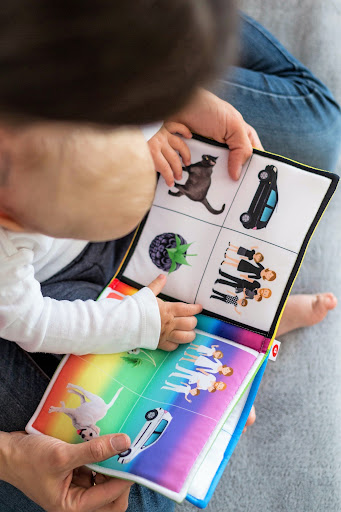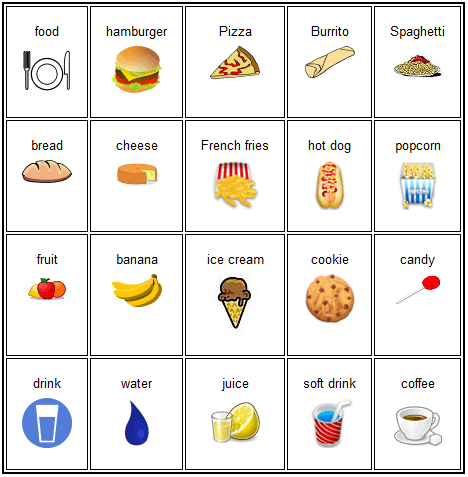The Power Of Augmentative and Alternative Communication In Pediatric Speech Therapy
Is your child having a hard time learning how to talk and use language? Are they acting out because they can’t express themselves? Maybe they are simply frustrated with no one understanding what they’re trying to say? Do you think they could benefit from additional support to learn how to use language? There are several ways to support your kiddo’s learning via Augmentative and Alternative Communication (AAC). In fact, AAC is consistently supported by research papers and Speech-Language Pathologists, like me!
What is augmentative and alternative communication or AAC?
AAC is defined as “any type of communication strategy to be utilized in addition to verbal language.” Simply put, AAC in any form, can be used to aid language acquisition. This can be via anything you can think of to support language use, and is not limited to high tech devices – a common misconception.
Examples of AAC devices and strategies include:
- Sign language
- Texting
- Writing
- Exchange of picture cards
- Pointing to pictures to communicate
- Eye gaze
- Use of high tech devices with verbal output similar to an iPad and/or tablet

Can my child use augmentative communication?
Anyone can use AAC – there are no prerequisites! We always assume competence when teaching AAC and your child can begin learning at any developmental level. Children do not need to have any specific skills to begin learning/using AAC. There are a number of ways they may learn how to start communicating. Each child is different and so is the manner in which they begin to learn to express themselves.

When can you begin using AAC with a child?
Research has shown that infants can begin imitating gestures/sign language as early as 6-7 months old. You can begin modeling basic sign language with your little one as early as you’d like. He or she may surprise you and start imitating you as early as 6 months old.
If you believe your child needs additional support to learn language for any reason, a simple way to start is to begin using visual aids. Pictures of objects that they desire (food, drink, toys) can be substituted for the real thing. Over time, they’ll connect their gestures to acquiring the actual object or activity. Visual aids are a great AAC device.

You can also ask your pediatrician for a referral to get evaluated. A licensed speech-language pathologist can help determine what kind of AAC might be appropriate for your kiddo.
Where can you obtain access to AAC?
A licensed speech-language pathologist can help determine where to begin and what type of AAC might be appropriate for your child to learn language. However, you can learn basic sign language online to help your kiddo learn language at a young age. There are a number of websites and videos available for parents to view and start utilizing in the home on a daily basis.

And the more people that are reinforcing these signs (parents, siblings, grandparents, daycare providers, etc.) the more quickly things will take root. As with any therapeutic intervention, one person doing something for 15-30 minutes a day is good, but if you create a therapeutic environment where everyone is pulling the rope in the same direction, that’s when you truly gain traction with your child and their communication skills.
Why choose AAC for your child?
Research and ongoing treatment through the years have proven that AAC is a great support for children to learn speech and language. While the end goal typically is for your little one to use language verbally (provided they are medically and physically able to do so), the help they get from AAC as an additional support is hugely important.
AAC helps curb and limit frustrations that the child feels when they can’t fully express themselves. It allows their brains to develop strategies and solutions to daily challenges. It also allows family and friends to interact with a child as their verbal skills evolve over time.
Why do I choose it as a speech-language pathologist? Because it yields the most support to learn to communicate in the most efficient and effective way possible.
If you have concerns and would like your child to receive extra support, schedule an appointment with Milestone Therapy. Our pediatric speech therapists are happy to help!
Written by Bridgett Karraker, M.A., CCC-SLP/L
